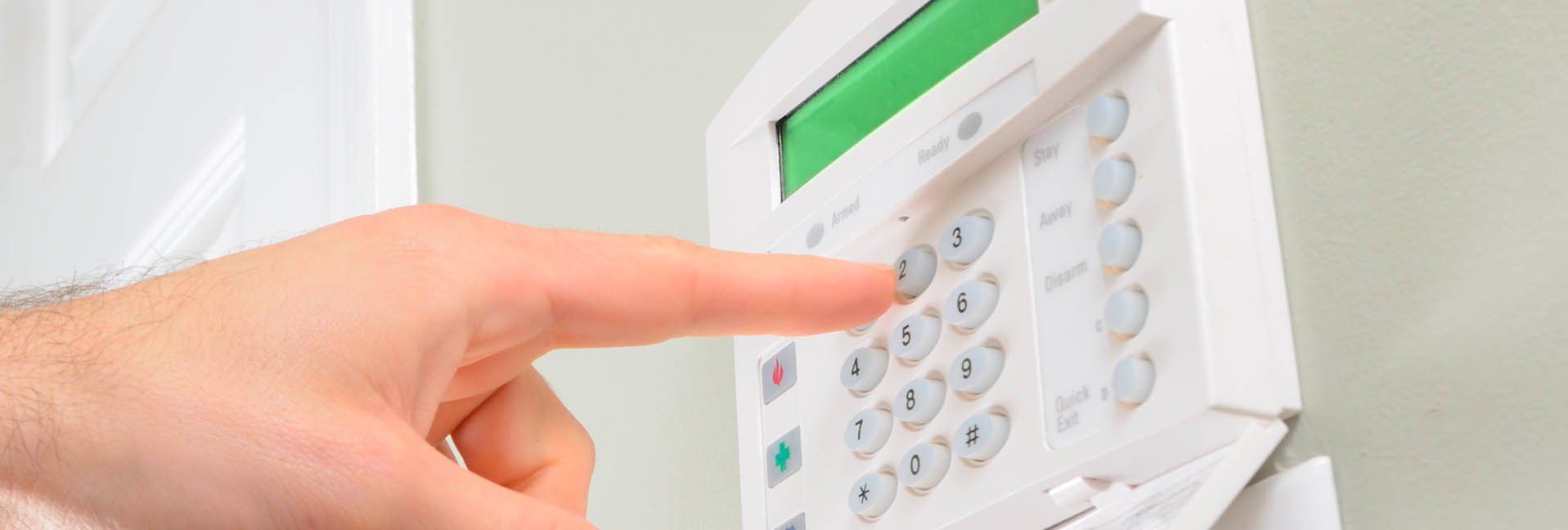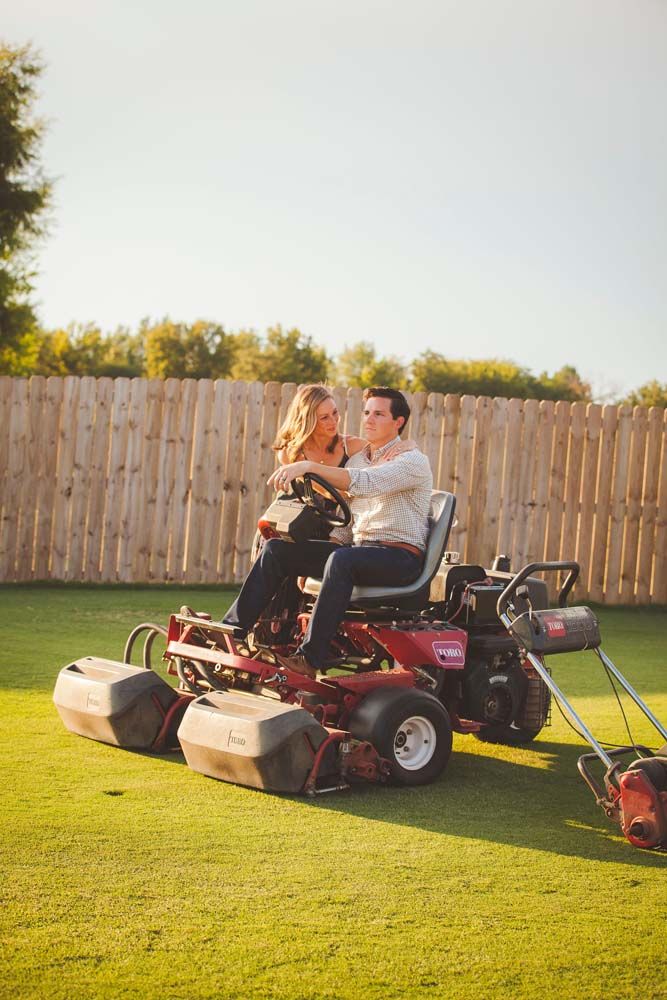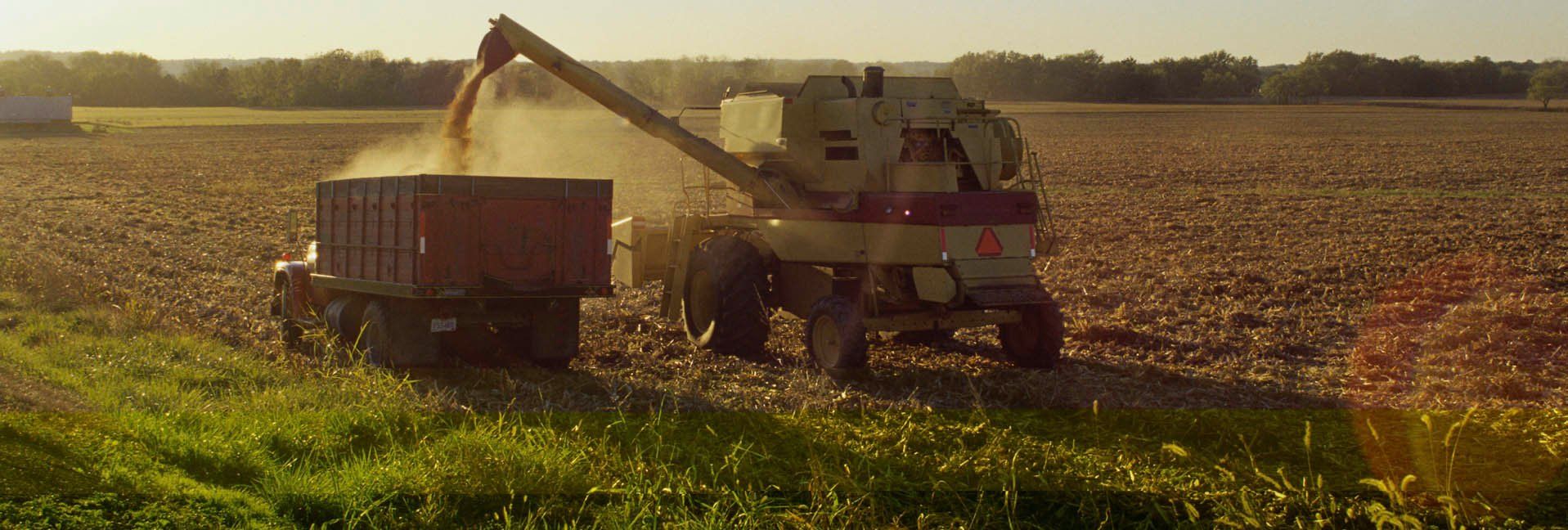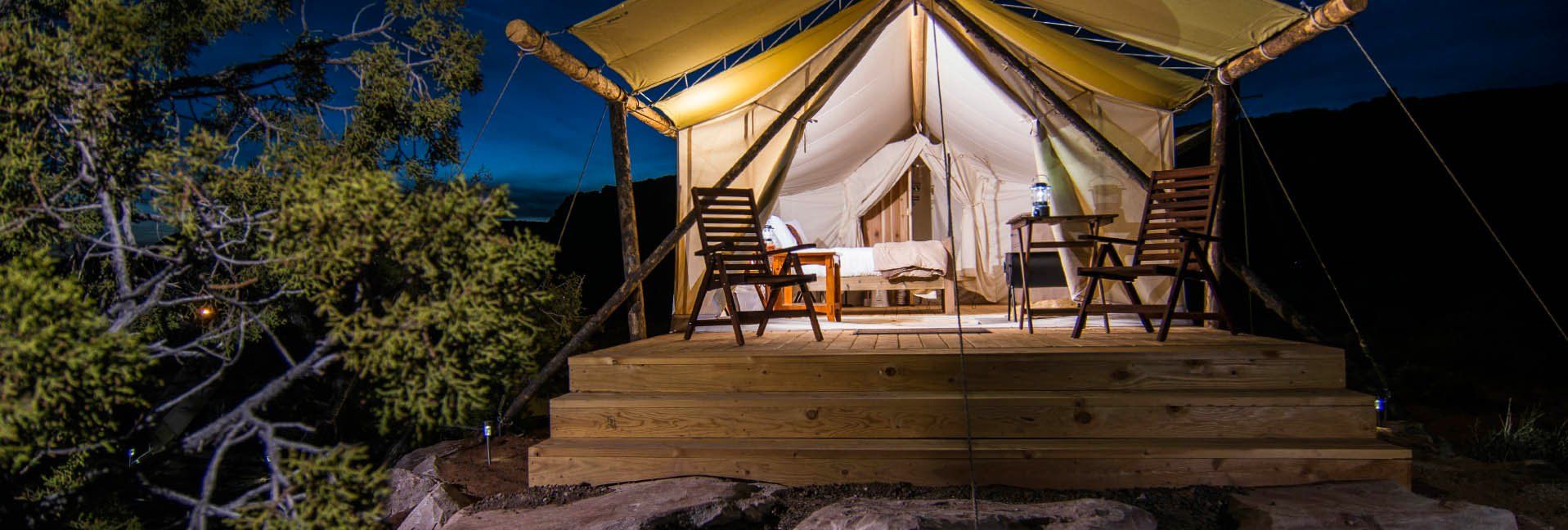Rural Security Check ... Can anything improve on the barking dog?


When you live in the country, it’s always good to know when someone is coming to visit, especially if they weren’t invited. Until recently, guests were announced by the family dog, barking an alert. Today, the family is just as likely to receive a text message.
Rural security has definitely taken a turn toward tech. Motion sensors, cameras, and other devices are now vigilant for us when we are away. If you haven’t yet replaced the dog—he’s happier dozing on your sofa, anyway—there are steps you can take to make farm security up-to-date.

Eyes have it
Most common is to install a camera. So what’s the big deal? “It’s just a camera,” you say. A camera lens won’t keep someone from entering the farmhouse with evil intent, But by the time the bad guy sees it, you has an image of his face and uploaded it to a hard drive or—even more diabolical—on the cloud where it can be safely stored. Can you say “gotcha?”
Companies like ADT (which bills itself as “#1 in home security”) have built their business on home security systems that are more complex. They know all the ways to protect against unwanted home intrusion, and use some of the latest technology, too.
That Amazon Alexa device you got for Christmas? Now you could go totally Star Trek and just ask the house to arm itself as you leave.
However, ADT and others charge a monthly fee for monitoring, which is both good and bad—bad in the sense that you have to pay every month, but good in that there is an additional set of eyes watching out for you. Typically, if you don’t respond to an alert within a few moments, they will reach out to you and will even contact the sheriff’s office quickly on your behalf.
Security, a local business
Scott Dodge heads up Smart-Wave Solutions, a company that provides interactive security, video monitoring, agricultural security and audio systems. Located in Milford, Iowa—population under 3,000 people—Scott puts together custom-made security solutions for homes and farms, from simple video camera installations to Fort Knox-like sensors that tell you everything but the shoe size of the UPS man dropping off packages. (Not really, Scott says, but you will know when the brown truck makes a delivery.)
Scott offers up a few things to look at when making a decision on security devices.
“First, consider what you are protecting and decide if a camera, alone, will do the trick or if more involved security measures are warranted.” It wouldn’t make sense to install several thousand dollars’ worth of equipment to see when the neighbor’s dog comes into your yard. Similarly, you wouldn’t want to have truly valuable items guarded by a yard sign proclaiming (possibly bogus) video surveillance.
Second, consider how you can be notified if something does happen. Do you have old-school, hardwired telephone lines? If yes, then it makes sense to have a dedicated security firm phone you to ask if everything is hunky-dory. Alternatively, maybe a text message to your cellphone is enough for your peace of mind.
Then, there is the problem of how the system reaches out to you in the first place—do you have internet access through cable or telephone lines? “The coming thing is using a cellular connection for this, thanks to near wall-to-wall cellular coverage by Verizon and other wireless carriers,” Scott says.
Step-up options available
Starting out at the low end, if all you have to watch is one room for a short period, set up a computer with a webcam. Even the most basic laptop has the capability (a camera) and inexpensive apps or programs can help work it remotely.
The next step up is for an inexpensive camera system. A new entry named blink (with a small “b”) offers compact, battery-operated cameras—and the batteries are good for two years, the manufacturer claims. They are currently selling bundles with a mix of indoor and outdoor cameras plus the necessary base station for around $300, but a single camera and base station is half that. The cameras detect motion and pick up sounds so you can listen in. There is no monthly fee, but you will need to have internet service for them to connect to.
Going even higher, there are cameras that offer infrared night viewing along with pan, tilt, and zoom capabilities. Installation and set-up can be tricky, though. Cost for these cameras starts at around $150 and can easily double or triple. Plus, you often need a computer or DVR to monitor and record images, and they are usually hard-wired. Systems similar to this can be found at big box stores, but be warned—if a camera malfunctions, you may be asked to uninstall and return the whole thing.
The next level involves adding additional devices, such as window switches, infrared motion detectors, and even water or damp switches (to detect leaks, for example). This is usually the realm of the nationwide vendors like ADT and Simpli-Safe, but many cable TV and even solar panel suppliers have jumped on the bandwagon.
Are there ag applications?
The nature of farming is that you can’t be everywhere at once, and that means trouble can happen.
“A large hog producer came to us after realizing he lost $70,000 in animals last year,” Scott tells us. “Where did they go? He had no idea. Most likely they were stolen.” Scott says that his installation of cameras at key points around the facility will give a clue in the future.
Most farms simply want to know when a vehicle comes up the drive, or when an equipment shed or home door is opened, Scott tells us. But once you make the jump to tech, the other things that can be automated will surprise you:
Front door—Wondering if you locked the door? Do it from your smartphone.
Garage door—Sensors can detect when the door opens, and some systems will let you close it again, remotely.
Thermostat—Internet-connected thermostats can tell when it gets too hot or too cold.
Glass shatter—Special microphones listen for one thing, the sound of a breaking window.
Smoke and fire—These are proven to save lives. With an automated system, the fire department can be notified along with you.
Water—Some of the most common problems are the failure of a clothes washer hose or sump pump. A water-sensing switch can summon help before damage happens.
Home security considerations
- Make it look like someone is home
- Keep doors and windows locked
- Have neighbors watch for anything out of place
- Set up multiple ways to notify you
“Despite all the gadgets involved, what we sell is security and peace-of-mind.”
—Scott Dodge, Smart-Wave Solutions
Tags:Country Journal

Acreage Life is part of the Catalyst Communications Network publication family.













